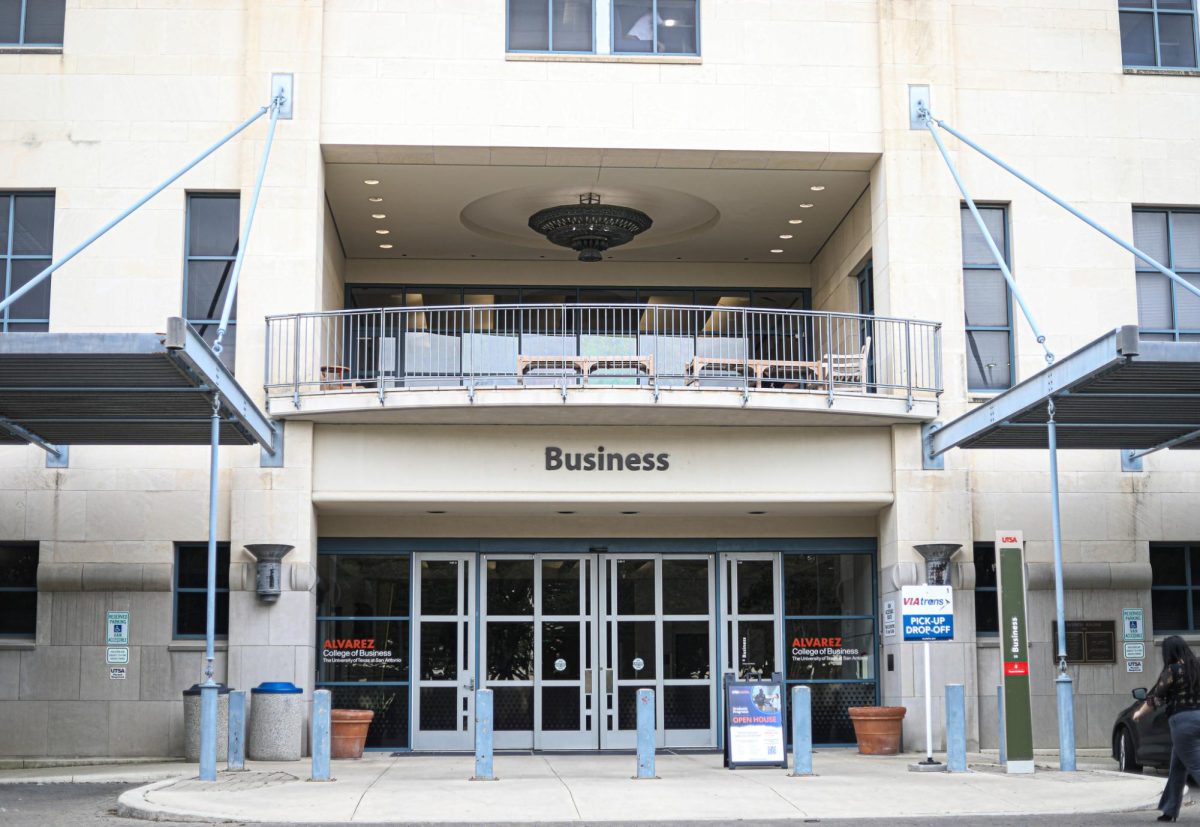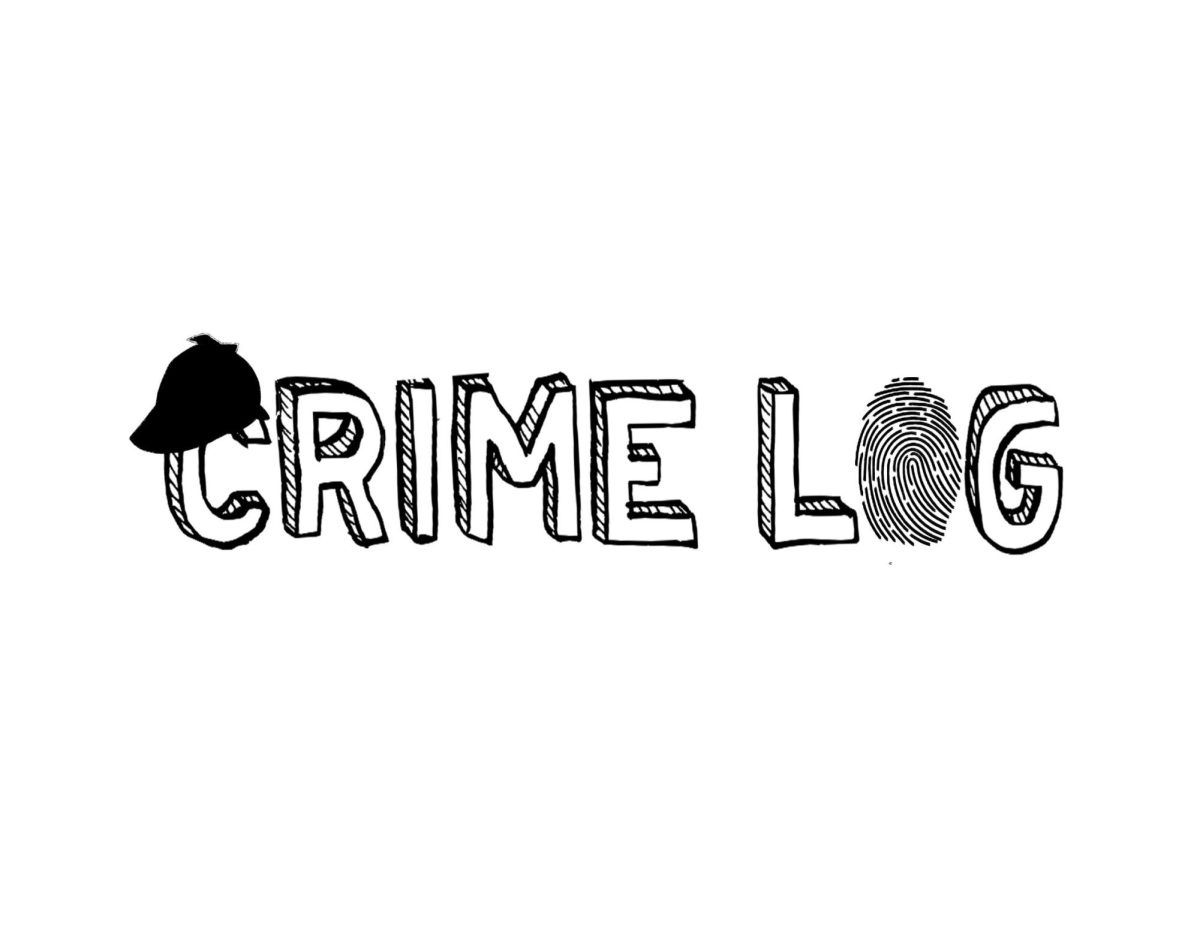HIV is a virus that takes away your ability to have a social life. It attacks your white blood cells and steals away years from your life, especially if you don’t know that you have it. Getting tested for this dangerous virus may be a distressing thought for some, but in this case, ignorance is anything but bliss.
Two common ways of being infected with HIV are sharing drug needles and having unprotected sex. HIV can be spread to children during pregnancy, birth or breastfeeding if their mother is infected. However, HIV cannot be spread through sharing drinks or by kissing. The symptoms of HIV can be mistaken for the flu: fever, muscle pains and skin rashes are common.
HIV’s first symptoms usually last for only two to three weeks. Then, the symptoms go away and may not return until many years later; once they return, they will remain. The symptoms include fever, weight loss and tiredness.
The HIV virus progreses into acquired immunodeficiency syndrome (AIDS). AIDS is a deadly disease that, if untreated, usually takes 10 to 12 years to develop.
Thirty-three million people worldwide are infected with HIV. Over a million cases were younger than 15 years of age. One million people in America suffer from this virus. About a fifth of the people infected do not know they are carrying the virus. Half a million people in America have died from AIDS alone.
HIV can either lead to AIDS, or with the right medication, remain as HIV. However, HIV patients must take multiple medications for the rest of their lives.
“The advances, as far as medication is concerned, has progressed so much. A lot of
people don’t ever see it transgress into AIDS,”
Howaida
Werfelli, UTSA
health education coordinator said.
As many UTSA students know, the health clinic on campus provides free HIV testing. During any given test day, 22 slots are available for
appoint-
ments or on a walk-in basis. Testing takes place from 3 p.m. to 10 p.m.
The nurses explain the process of getting tested. The test does not involve blood samples, only an oral swab. It takes about 20 minutes for the test results to come in.
“There are three (results) that could possibly come out of it; it could be invalid, negative or preliminary positive,” Werfelli said.
Invalid means the test did not work; negative means the person does not have the virus; and preliminary positive means the virus could be present, but the test is only 99.97 percent accurate.
At this point they do the confirmatory test, which is when blood is drawn. The samples are sent to the labs to confirm the virus is present.
However, there is one flaw in the test.
“It takes your body on average about three months to develop enough antibody for the test to detect the virus,” Werfelli said. “Any recent exposure-anything within the past three months-will not be tested.”
For those diagnosed with HIV, there is hope.
“The number of people living with HIV is increasing and the number of people living with AIDS is decreasing. We’re able to control it in (the HIV) stage versus having it transgress into AIDS,” Werfelli said.
An American man living in Berlin, Germany who was infected with the virus was cured by a bone marrow transplant, which is usually used for cancer victims.
Researchers do not know if the bone marrow transplant would work for everyone. However, research shows the chances of finding a cure for AIDS is increasing everyday.
Although, there is a great deal of research being developed for a cure for HIV and AIDS, the best way to live safe is being safe.
“AIDS is a huge problem. It would be wonderful if they could find a cure for it, but it’s honestly going to take a few years, if not several,” freshman biology major Amanda Jones said. “Free testing for HIV on campus is really good because if a student is unaware of having it, they can get tested without having to pay.
“I think they should start educating about AIDS in middle school, more younger kids theses days are becoming sexually active, without knowing the consequences,” Jones said.
HIV and AIDS education in America is far behind the education in Europe.
“I think the numbers of HIV victims will increase until people realize how much of a serious issue HIV and AIDS is,” Jones said.











